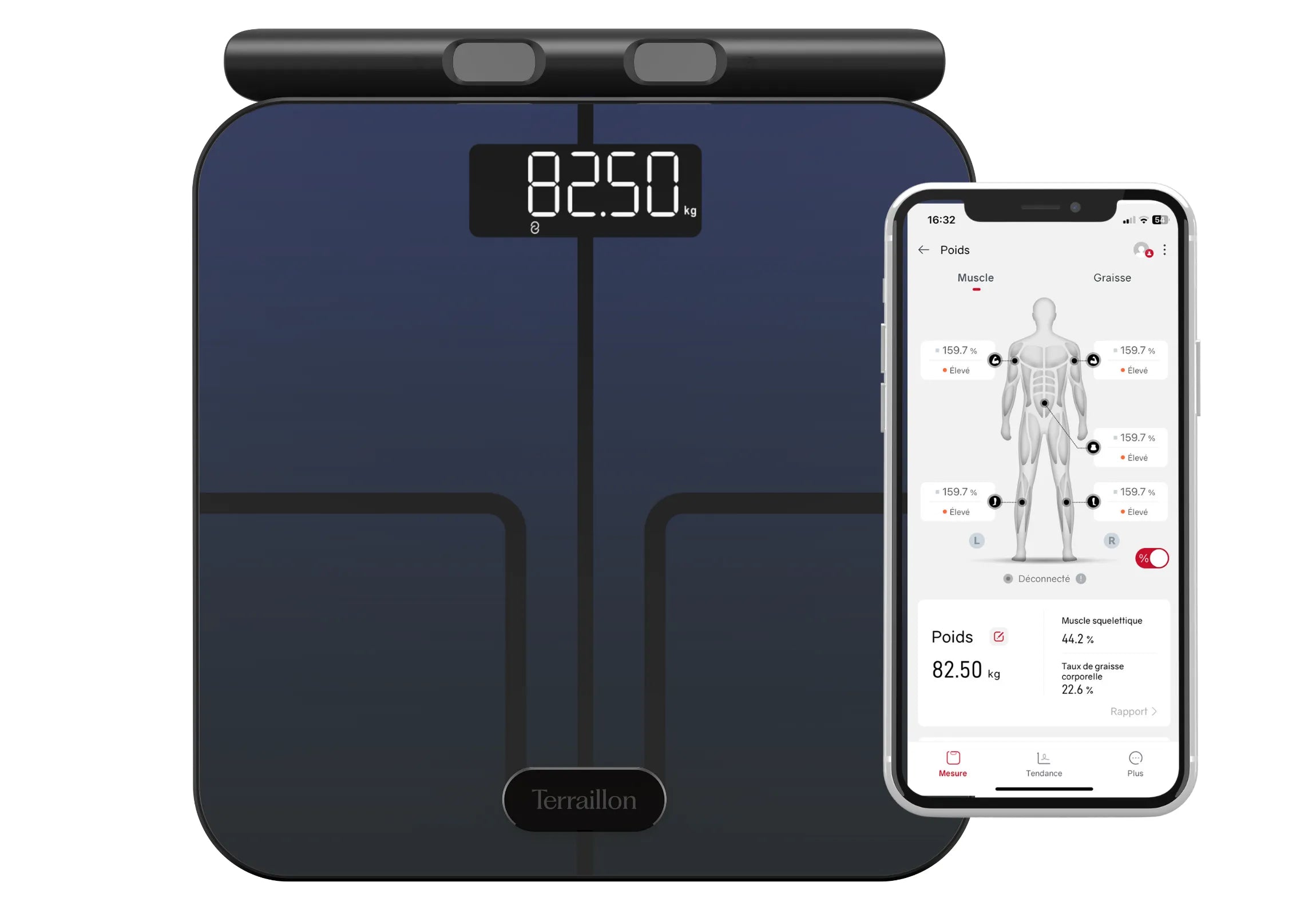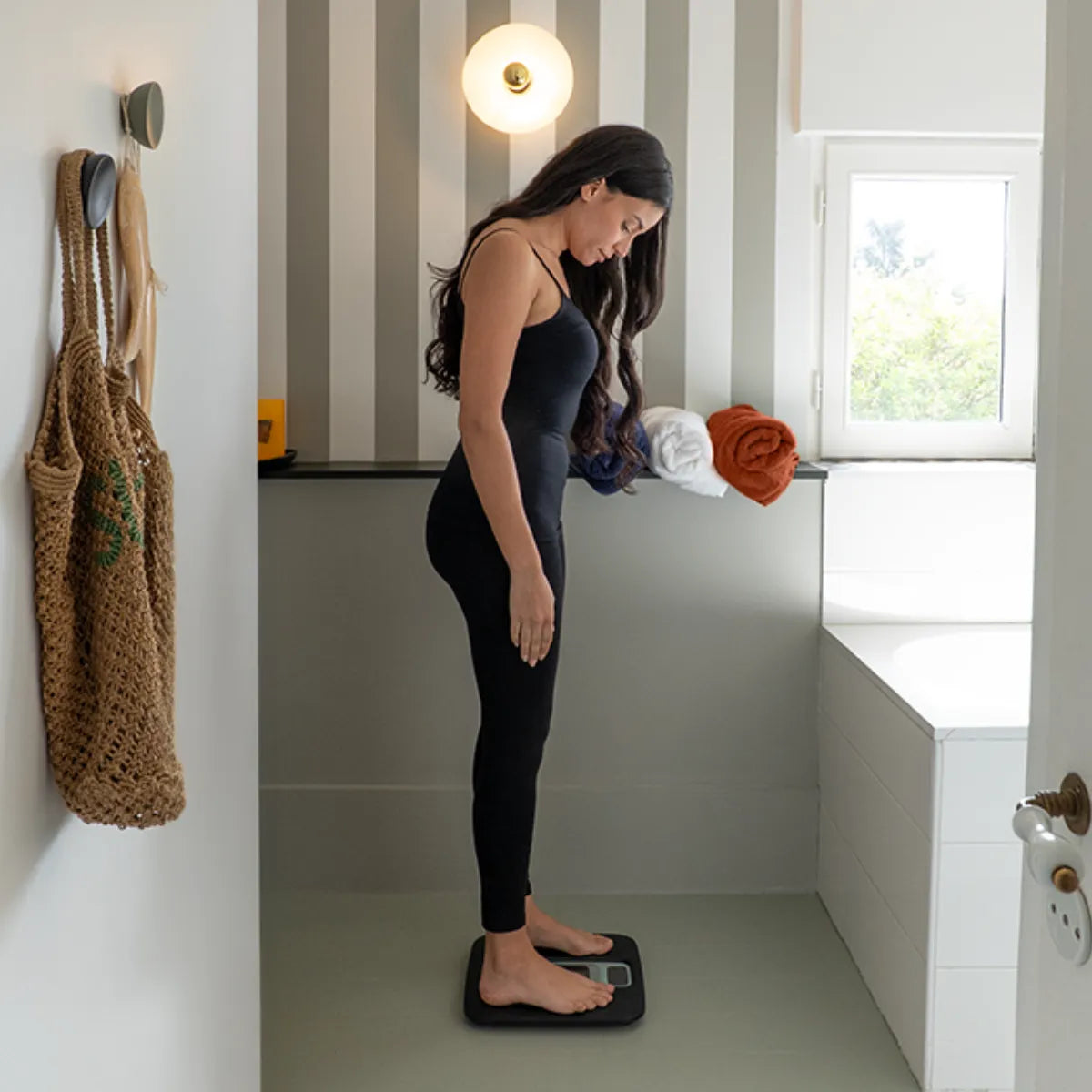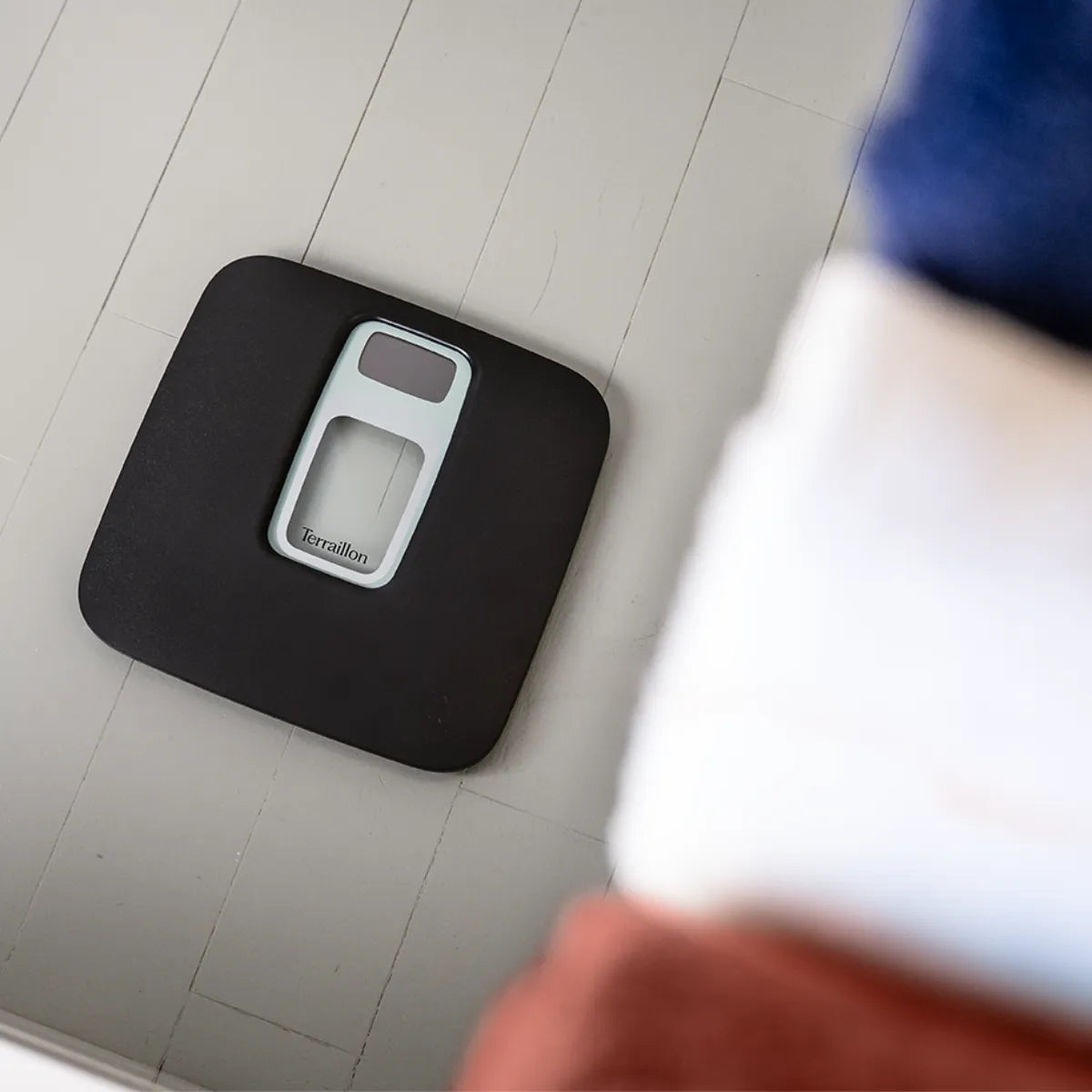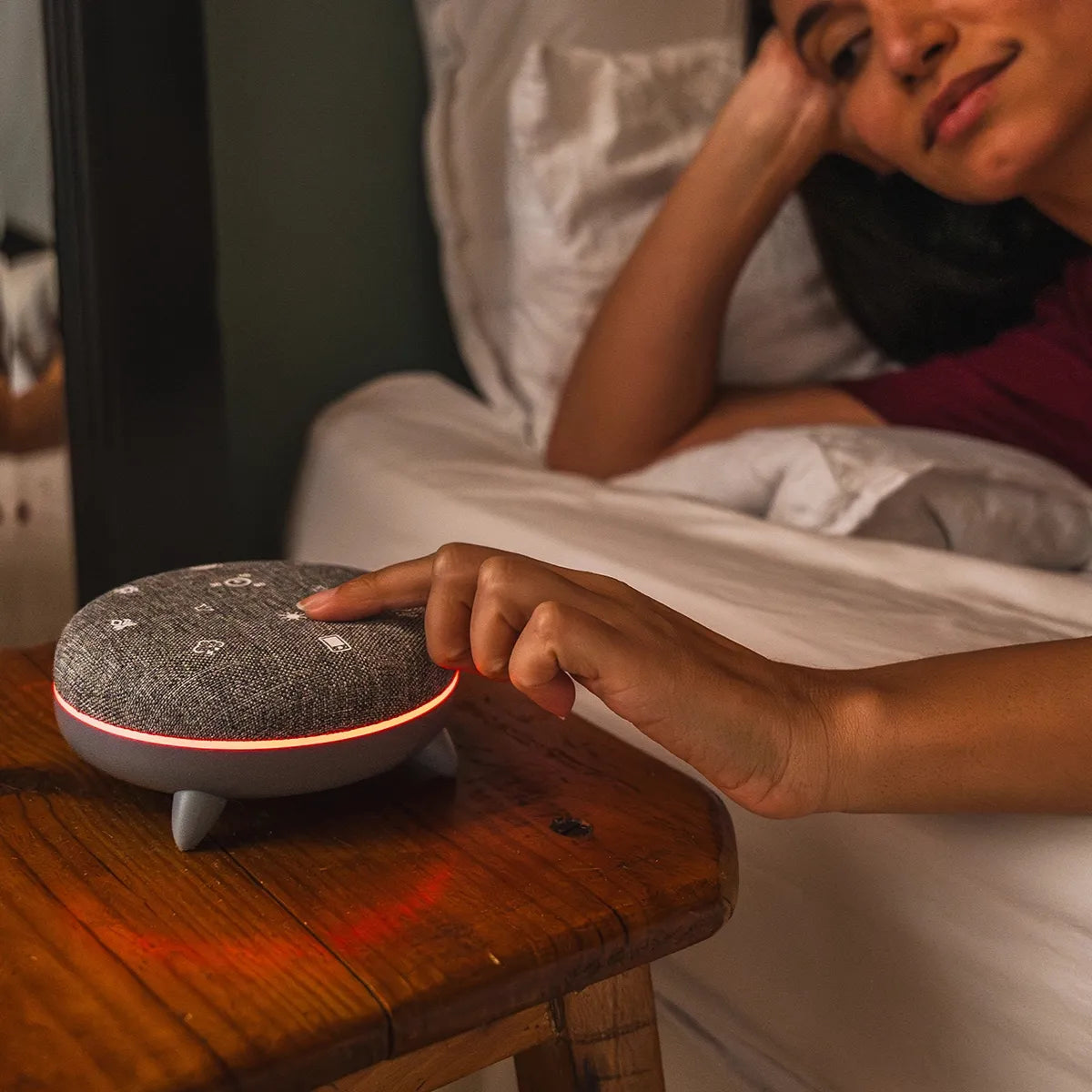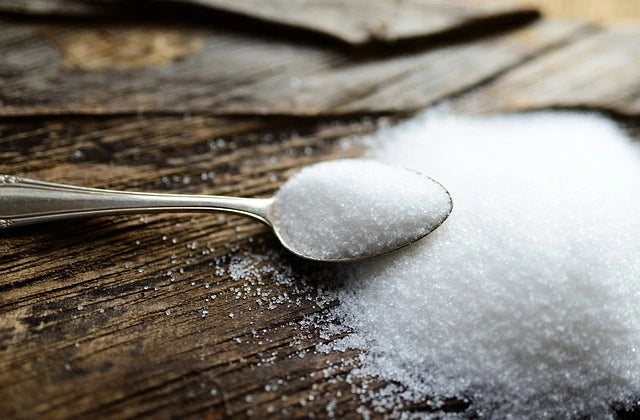
Glucose, is it sugar? Good or bad sugar? What foods are found in exactly? How do we know if our body is absorbing too much or badly? What would be the consequences for our health in this case?
Jessie Inchauspé is a biochemist, nutrition researcher and specialist in popular science. She published in France with Robert Laffont editions "Fais votre glucose révolution", a book based on her life experience that is based on 300 scientific studies of less than ten years around the world.
A French woman working in the United States, she is known as @GlucoseGoddess, her Instagram account followed by 577,000 people which, since its creation, has built up a very active community and led to the publication of the book in English and then French.
What does she say?
The finding is clear: according to a study conducted over several years by Joana Araujo – a doctor at the University of North Carolina, nearly 90% of the American population suffers from glycemic imbalance. No similar study exists in France, but it is quite easy to deduce that a large part of the French (and the world population) is also in this case.
How do we know if our body is in top shape?

It is important to monitor your weight at regular intervals, particularly your body mass index (BMI). Use a bathroom scale impedance meter gives details of muscle, fat and water masses, then allows you to follow its progress on your smartphone. It can also integrate voltage data, sleep , nutrition, temperature, collected on the application of our connected devices . Ideal for monitoring them and sharing them with your doctor if necessary.
Next, you have to listen to your body! It sends us signals – fatigue, low morale, minor aches and pains – all clues that we can influence before more serious consequences occur. An overload of glucose and repeated blood sugar spikes can have consequences on aging, migraines, memory, diabetes, intestinal disorders, skin problems, increase the risk of cancer, heart disease and even infertility. Very often we misinterpret these signals, or worse, ignore them.
Smoothing out the glucose spikes created by our diet, and - they are related - the overproduction of insulin, in combination with physical exercise and stress reduction, can really improve our health and well-being.
How to do it?
By acting on what we put on our plate , especially the fiber portion, and by changing the order in which we eat: fiber first, carbohydrates last. Everything is explained in detail in the book in a simple, clear and illustrated way through the chapters: What is glucose? Why are glucose spikes bad for us? How can we smooth out our blood sugar curve?

Then, know that the content of our breakfast conditions the blood sugar curve of the day. By opting for a mainly salty diet, in addition to respecting the order of foods, we put all the chances on our side (that of our figure and our health).
As proof, by carrying out research on the countries of the world where people eat salty food at the start of the day, then comparing them to the non-obesity statistics, it is clear that the correlation exists. In both categories are a majority of Asian countries (Japan, China, Korea, Vietnam, Thailand, Malaysia), and countries of Northern Europe (Norway, Denmark).
Unfortunately, in many countries, for example in South America, the Middle East, or even in England and Canada, new eating habits including fast food, industrialization of food and the appearance of many products with a high glycemic rate have taken over from traditional habits, and in recent decades the inhabitants have lost the benefit of them.
Food is therefore at the heart of a complex system that we can influence with simple levers: the order in which we eat the contents of our meals, physical activity of course, the adoption of tips to better manage glucose, without depriving ourselves, without starving ourselves, by eating everything, intelligently.
The promise of providing a science-based formula to get back in shape and get your energy back concerns almost all of us, by very simply changing our lifestyle. It's worth a try.
So, are you ready?




